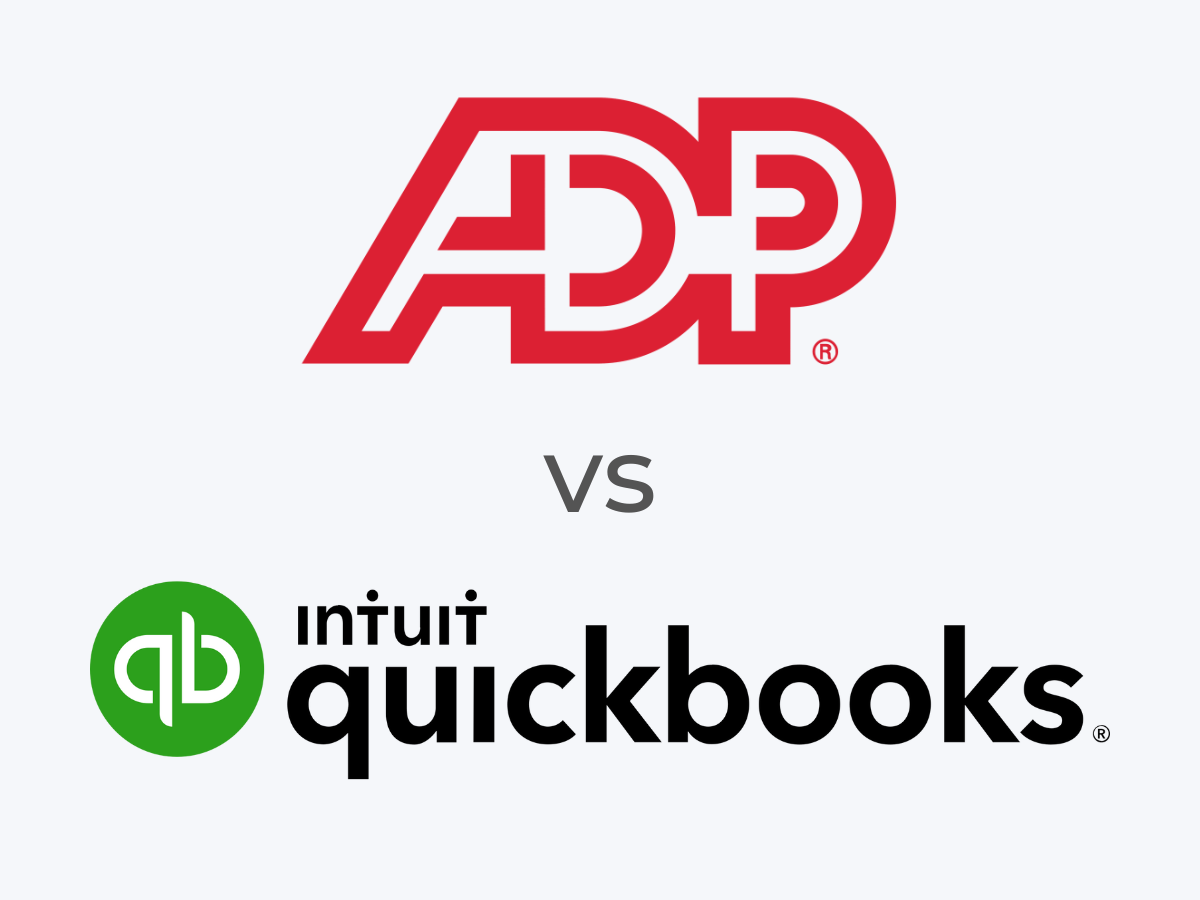Interest in Microsoft Copilot is high, and many major Australian organizations have signed up to be part of Microsoft's early access and pre-release testing process.
According to Microsoft, 70% of Copilot users say they are more productive and overall there is a 29% increase in speed in tasks like searching, typing, and summarizing. Use of Copilot will only accelerate as Microsoft and its partners embed the AI product directly into PCs and processes.
Gartner recently published a series of “bugs” with Copilot, and these are things Australian organizations should consider to fully think through implementations and benefit from what Copilot offers.
What are the pitfalls of Microsoft Copilot?
Gartner's list of bugs in four categories essentially highlights where a Copilot implementation could fail or “surprise” the business with challenges that were not anticipated. The issues are grouped into four categories: administration, security, information governance, and user experience.
Administration
Organizations may be exposed to increased risks and costs if:
- They do not consider proper configuration settings.
- Reporting tools lack granularity.
- Options for scaling Copilot and managing costs are not well understood.
Security
Poor management of Copilot usage can lead to an increased risk of overshared information being exposed. Additionally, there are new attack surfaces that need to be monitored.
Information governance
Without first developing the ability to prioritize content sources, mitigate the risk of content and application sprawl, and manage the new retention and compliance challenges introduced by Copilot, organizations may not get the quality responses they expected from Copilot.
User experience
The assumption that people will adopt Copilot and start using it as if they are comfortable with it seems wrong, with many organizations reporting a larger than expected change management effort.
Due diligence
The sum of these errors indicates that Australian organizations must first fully analyze what Copilot brings to the business, how it will be used and who in the organization will have access to it and why they need it.
Without that due diligence and then strategic deployment, the organization is likely to be blindsided by something unexpected from AI, resulting in inefficiencies, expenses, or even reduced productivity.
DOWNLOAD this TechRepublic Premium AI Resource Pack
Australia's position on the AI adoption curve
Australia is not significantly different from the rest of the world in terms of Copilot adoption or potential pitfalls, Gartner senior analyst Nate Suda said in an interview with TechRepublic.
What these errors essentially point out is that Copilot and other AI applications are not that different from the digital transformation of a few years ago, or from cloud computing a decade earlier. In each case, there is a recognition of the value of the technology but not an understanding of the costs and value that the technology will offer.
SEE: Australia is rapidly adapting to a world of generative AI (TechRepublic)
“There is a lot of pressure on all members of senior management. It's not just a CIO issue. “If you are a CEO, your shareholders put pressure on you to explain what the company is doing with AI,” Suda said.
“Most people understand that there is enormous potential here and the conversation has been going on for a year now. So for many organizations, it's a matter of getting going now. 2023 was a year where everything was new and we were able to marvel, wonder and play with it a little. Meanwhile, the conversation we're seeing in 2024 is more along the lines of “we've been playing for a year, now we don't want POC.” We don't want MVP. “We want to start seeing the return on investment.”
Copilot is considered a great opportunity to start advancing AI projects; However, it is chasing that return on investment that can lead organizations to fall into one or more of Copilot's traps.
How are Australian organizations using Copilot?
Microsoft has made a deep commitment to Australian businesses through the development of Copilot. In September 2023, Microsoft announced that through its invite-only early access program, a broad set of organizations were using Copilot, including AGL, Data#3, Bupa, NAB, Powerlink Queensland, Rest Super and Suncorp.
In April 2024, Microsoft announced that several Australian organizations, including Australian Super, Powerlink Queensland and TAL, had adopted Copilot specifically to strengthen their cybersecurity capabilities. The return on investment here, according to Microsoft, is that experienced security analysts are 22% faster with Copilot and 7% more accurate.
Copilot is also cited as a tool that can help upskill less experienced cybersecurity professionals and teams and address the current security skills shortage.
WATCH: Will Australia ever emerge from the cybersecurity skills shortage?
The public service is also moving towards Copilot, with more than 50 agencies announcing that they have started a six-month trial of Copilot. The program involved more than 7,400 public servants who used the technology.
This project is coordinated by the Digital Transformation Agency, again highlighting the parallels that AI and transformation have in terms of their impact on organizations as they adopt solutions.
As Chris Fechner, chief executive of the Digital Transformation Agency, was quoted at the time: “The APS and DTA will continue to seek opportunities to improve our performance in Digital Government, as demonstrated by our inaugural OECD ranking, and will strive for improving it in future years for the benefit of all Australians.”
“These goals go hand in hand with the Government for the Future mission which strives to harness emerging technologies to deliver secure, ethical and modern data and digital technologies by 2030.”
Will Microsoft Copilot comply?
Now that companies are moving beyond testing Copilot and starting to integrate it into their processes, it remains to be seen if these projects will be successful or if organizations will fall into the traps.
Digital transformation was notoriously difficult when it was the “big thing” that CIOs were pouring money into, often without due diligence, simply because IT was expected to invest in digital transformation. The consequence of this was that, according to data published in 2020, 70% of the projects failed to generate value.
Organizations must be strategic in reviewing, implementing, and then measuring the results they get from their investments in Copilot.











